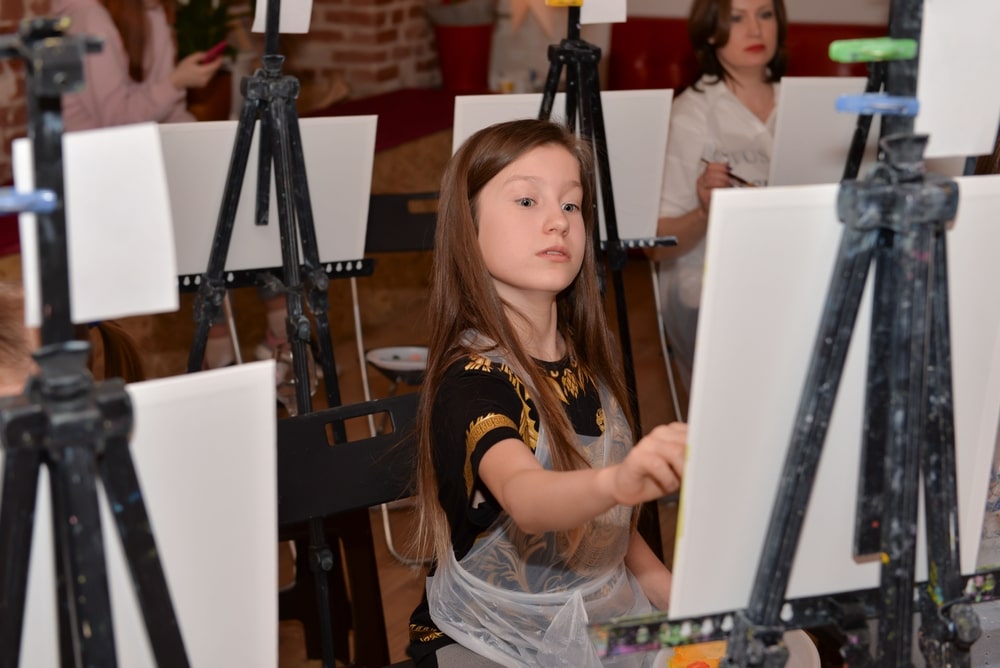The American Art Therapy Association defines art therapy as “an integrative mental health and human services profession that enriches the lives of individuals, families, and communities through active art-making, creative process, applied psychological theory, and human experience within a psychotherapeutic relationship.” British artist, Adrian Hill, coined the term ‘art therapy’ in 1942 after discovering the healthful benefits of drawing and painting while recovering from tuberculosis. Art therapy is currently recognized as an effective psychotherapeutic approach that is regularly used by mental health clinicians to treat a variety of mental health ailments, spanning across all ages. This mental health intervention is facilitated by art therapists who are trained mental health providers that are educated in human development, clinical practice, psychological theories, and fine art. Art therapy can be used on its own or in conjunction with other treatment modalities. Art therapy encourages teenagers to explore self-expression, emotions, and challenges through various art media rather than relying on verbal articulation.
Benefits
Art therapy is a technique rooted in the notion that creative expression can foster healing and mental well-being, which directly correlates with its efficacy. Two pioneers of art therapy, Margaret Naumburg and Edith Kramer used this method to help clients access their inner thoughts, feelings, and experiences through creative expression. There are many benefits of art therapy, some of which include the following, provided by the Canadian Counselling and Psychotherapy Association:
- Promotes self-reliance, personal independence, and self-sufficiency.
- Enables a teen to verbally and nonverbally communicate emotions that may otherwise be abandoned.
- Improves self-esteem and increases resilience.
- The process encourages the development of healthy coping strategies.
- Promotes self-expression and self-discovery.
- Research has found that art therapy reduces stress and anxiety in children with asthma.
- Data suggests art therapy improves the ability to deal with pain and other frightening symptoms in children with cancer.
Many adolescents can be shy, or uncomfortable with their ability to properly articulate their emotions. Art therapy can serve as a language for those who need another way to identify, express, process, and work though challenges, difficult to navigate thoughts, and big feelings. Findings from a 2016 study published in the Journal of the American Art Therapy Association, indicate that less than an hour of creative activity can reduce stress and have a positive effect on one’s mental health, regardless of one’s artistic experience or talent.
For Information and Support
Every family in need of mental health treatment must select a program that will best suit the needs of their family. When one member of a family struggles, it impacts everyone in the family unit. To maximize the benefits of treatment we work closely with the entire family to ensure that everyone is receiving the support they need through these difficult times. Seeking help is never easy, but you are not alone! If you or someone you know needs mental health treatment, we strongly encourage you to reach out for help as quickly as possible. It is not uncommon for many mental health difficulties to impact a person’s life, long term. Pursuing support at the beginning of one’s journey can put the individual in the best position to learn how to manage themselves in a healthy way so they can go on to live happy and fulfilling lives.
OUR KNOWLEDGEABLE ADMISSIONS TEAM CAN BE REACHED 24/7 AT INFO@PACIFICRTC.COM OR CALL: 800-531-5769






